
Wolves: Power of the Pack(2022)
From the arctic tundra to the great planes, the kingdom of the wolf extends across the entire northern hemisphere. They are icons of the wilderness, spectacular creatures that live and die by the sword.


Movie: Wolves: Power of the Pack
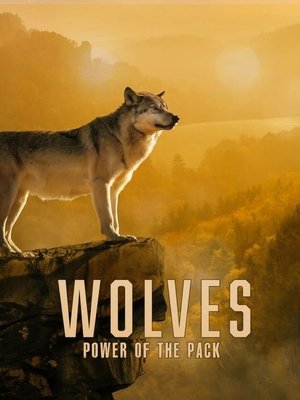
Wolves: Power of the Pack
HomePage
Overview
From the arctic tundra to the great planes, the kingdom of the wolf extends across the entire northern hemisphere. They are icons of the wilderness, spectacular creatures that live and die by the sword.
Release Date
2022-04-14
Average
0
Rating:
0.0 startsTagline
Genres
Languages:
EnglishKeywords
Similar Movies
Am Madadh-Allaidh(gd)
For 12,000 years wolves roamed Scotland. However, over three centuries ago, we exterminated them. This film reveals the rise and fall of the Scottish wolf and explores the question of whether they should be re-introduced. Wolves arrived as the last ice age ended, following the herds of deer and reindeer that crossed a now-lost land bridge from Europe. For thousands of years, wolves and humans shared the landscape as apex predators, with the wolf entering human art, myth and belief. However, farming put wolves and humans on a collision course, and, after centuries of persecution, wolves became extinct in Scotland. Since then, deer numbers have exploded, and many of Scotland’s woodlands have been stripped bare. Some argue for the wolf’s return. Could we, and should we, hear the howl of the wolf once more in the Highlands?
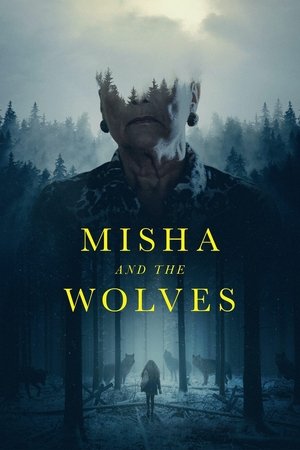 6.9
6.9Misha and the Wolves(en)
A woman’s Holocaust memoir takes the world by storm, but a fallout with her publisher-turned-detective reveals her story as an audacious deception created to hide a darker truth.
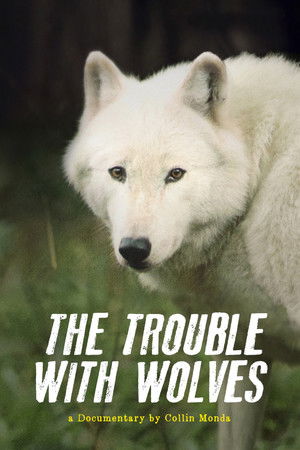 0.0
0.0The Trouble with Wolves(en)
Death threats, court battles, and an iconic endangered species in middle, The Trouble With Wolves takes an up close look at the most heated and controversial wildlife conservation debate of our time. The film aims to find out whether coexistence is really possible by hearing from the people directly involved.
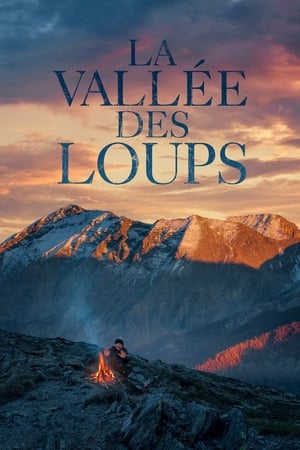 7.0
7.0La vallée des loups(fr)
Secret territories still exist in France today. This film is a personal quest, the story of a crazy gamble taken by a passionate dreamer, an anti-hero capable of breaking all barriers to achieve his goal: to meet wild wolves in their natural habitat. After three years in the field, bivouacking in the wilderness in all weathers, the director managed to track down the wolves. Little by little, he observes, gets closer and ends up being accepted by the pack. Against all odds, the magnificent predators offer a little of their intimacy to this strange character. But the film also raises the question of the limits of this intimacy.
 0.0
0.0Wolves Return(de)
Wolves divide and fascinate us. 150 years after they were driven to extinction in Central Europe, they are returning slowly but inexorably. Are they dangerous to humans? Is it possible to coexist? Using Switzerland as a point of departure, where wolves have returned in the very recent past, this documentary sheds light on the wolf situation in Austria, eastern Germany, Poland, Bulgaria, and even Minnesota, where freely roaming packs of wolves are more common sight.
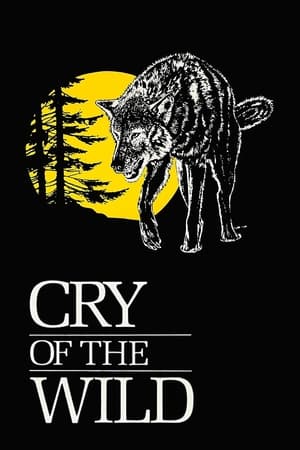 6.0
6.0Cry of the Wild(en)
Bill Mason imparts his affection for the big northern timber wolves and the pure-white Arctic wolves. Filmed over three years in the Northwest Territories, British Columbia, the High Arctic and his home near the Gatineau Hills in Quebec, Mason sets out to dispel the myth of the bloodthirsty wolf. Going beyond the wolf's natural habitat, Mason relocated three young wolves to his own property and was able to film tribal customs, mating and birth - moments in wildlife never before seen on film.
 8.0
8.0Die Odyssee der einsamen Wölfe(de)
The Odyssey of the Lone Wolf looks at the current topic of the return of a predator from the perspective of European wolf research. To this day, it remains a mystery to scientists why individual young wolves travel incredible distances of more than 1000 kilometers in search of new territory.
 0.0
0.0Raúl Jiménez: Code Red(en)
The football world held its breath when Wolves and Mexico striker Raul Jiménez suffered a life-threatening injury on the pitch in November 2020. Code Red documents the race to save his life and one man’s battle to return to the top of his game.
 7.0
7.0River of No Return(en)
River of No Return Wilderness is the largest contiguous wilderness area in the lower 48 States. Endless rugged mountains, wild rivers, forests and deep canyons define this land, home to numerous species of wildlife, including wolves, who have just returned after 50 years of near absence. A young couple, Isaac and Bjornen Babcock, chose this wilderness for their year long honeymoon. But what begins as a romantic adventure becomes something much greater for the couple, and a tale of hope and celebration for every life trying to make it in the unforgiving heart of the wilderness.
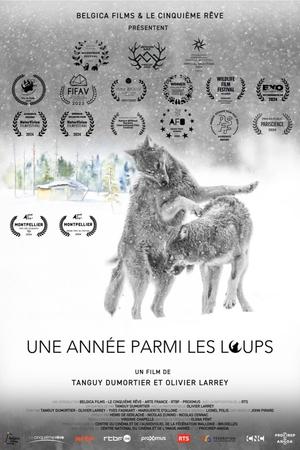 9.0
9.0Une année parmi les loups(fr)
United by the same dream, Yves Fagniart and Olivier Larrey, watercolorist and wildlife photographer respectively, set up home in a shack just a few square meters square, in the middle of the no-man's-land between Finland and Russia. Their aim: to document the intimate life of a pack of wolves, presumed to frequent this frozen peat bog landscape.
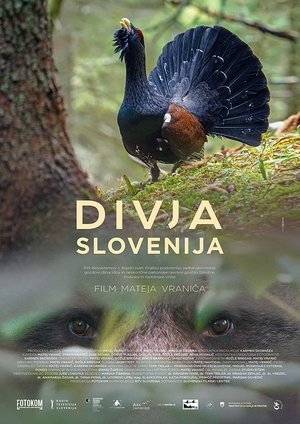 9.2
9.2Wild Slovenia(sl)
The documentary visually presents the very diverse fauna and flora of Slovenia, focusing on mammals and birds, and shows some particularly interesting species of amphibians, fish, insects and plants. It takes place over a period of one year and takes the viewer through typical Slovenian landscapes. The plot crosses between the provinces and occasionally returns to the same area in order to show what is happening in the animal world in the second part of the year. A very rich ecosystem diversity, rarely seen recordings, and scientifically verified information weaved into the intelligible text are key attributes of this film.
Walking with Wolves(en)
A look at the enduring relationship between the nomadic shepherds and the Indian wolf, who both defy the pressures of the modern world, in the south central plains of India.
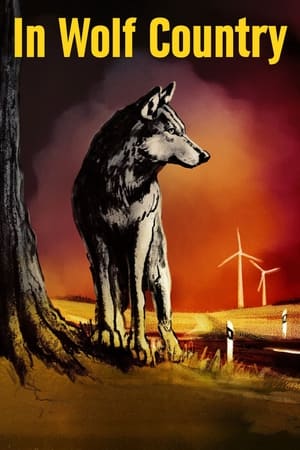 0.0
0.0In Wolf Country(de)
We all know the big bad wolf of fairy-tale fame—over hundreds of years the wolf has become a culturally imprinted symbol of fear that’s completely detached from reality. In fact there weren’t even any wolves in western Europe for a long time. But they’re back—for example in Germany, where these social animals now occupy a few scattered areas around the country that people have left to them.
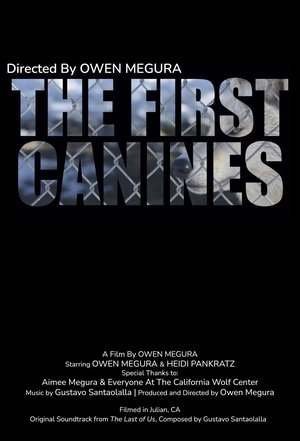 8.0
8.0The First Canines(en)
An aspiring photojournalist takes a trip to Julian, CA to learn about the history of two wolf species and what caused their population decline throughout history.
From Inside of Here(en)
From Inside of Here is a feature-length non-fiction film based in research in the Mexican Wolf Recovery Area in western New Mexico. The audience is invited to understand the filmmaker as a subject co-produced by their location, as well as consider the ways the land is co-produced by those on it. The place itself is a character in the film, as are the filmmaker's methods. The film is composed of multiple media: 16mm film, HD video, infrared stills, inter-titles, and sound recordings. The result is a feminist ethnographic landscape film that communicates both the majesty of 1800s landscape photography and the violence of a settler colonial gaze that is its context.
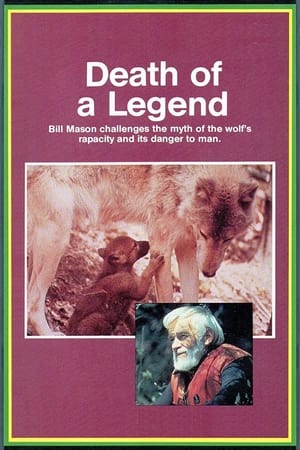 7.0
7.0Death of a Legend(en)
This documentary film is about wolves and the negative myths surrounding the animal. Exceptional footage portrays the wolf's life cycle and the social organization of the pack, as well as film of caribou, moose, deer and buffalo.
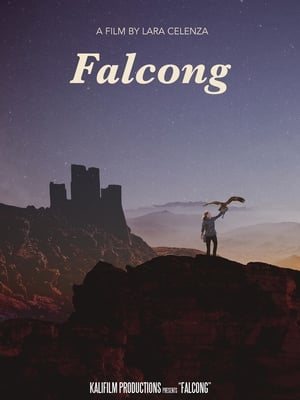 5.5
5.5Falcong(en)
A day in the life of Giovanni Granati, an Italian falconer and wild animal trainer who lives in the unspoiled countryside of Abruzzo, alongside his hawks, eagles, wolves and other incredible creatures.
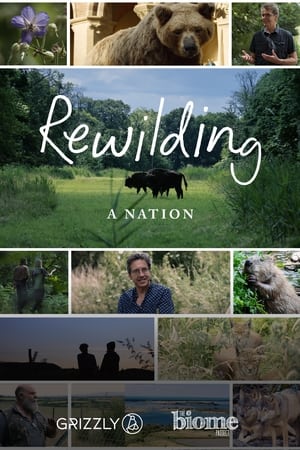 0.0
0.0Rewilding a Nation(en)
Robi Watkinson and Emma Hodson travel across Britain and the Netherlands documenting the story of the rewilding movement from its inception, to the return of the beaver, bison and perhaps one day, the lynx to Britain.
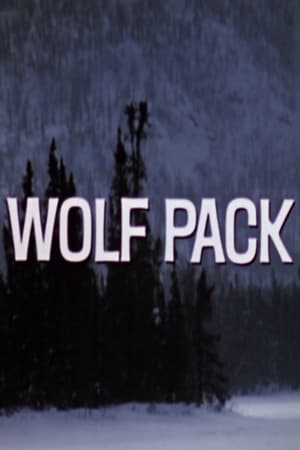 7.0
7.0Wolf Pack(en)
This nature film closely observes wolves through late winter into early spring. Wolf Pack shows this creature’s character, behaviour and life cycle. What emerges is a portrait of the wolf as a disciplined hunter, respected leader and committed parent.
